Projects
*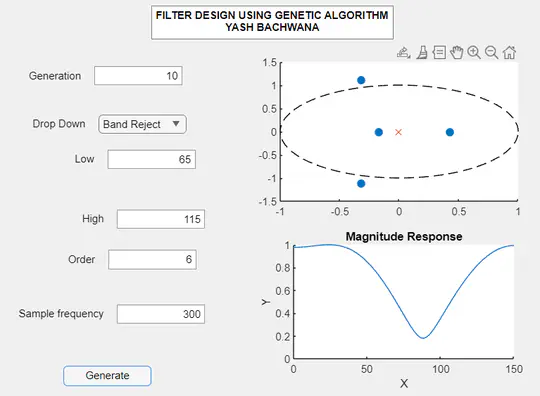
](/project/haris-corner-detector/featured_hu16684080801053631989.webp)
](/project/canny-edge-detector/featured_hu1674624271875300860.webp)
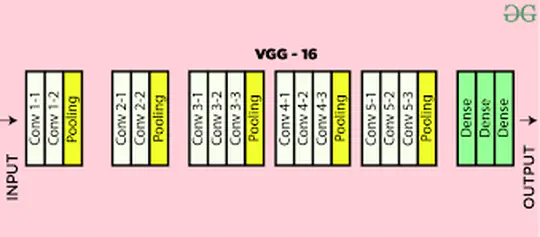
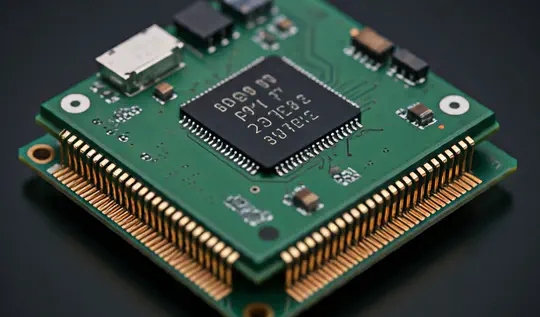
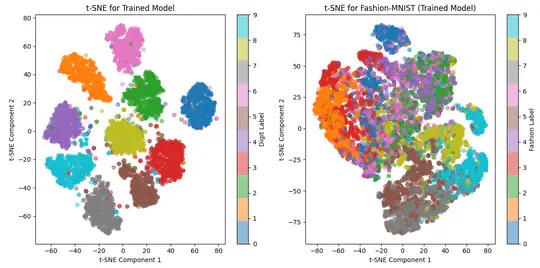
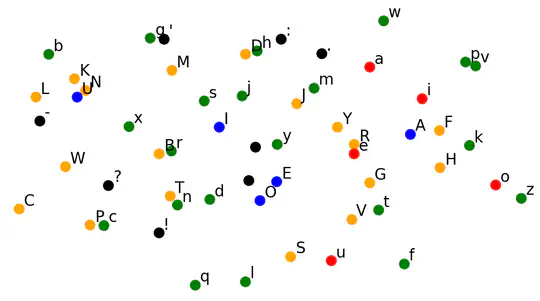
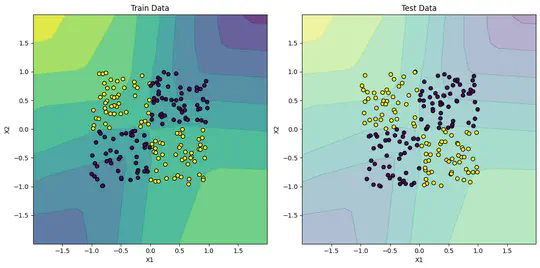

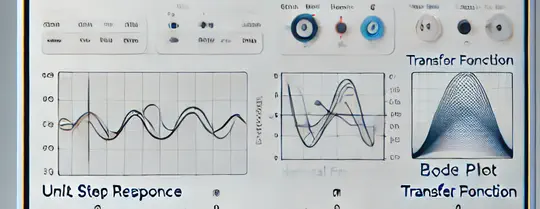
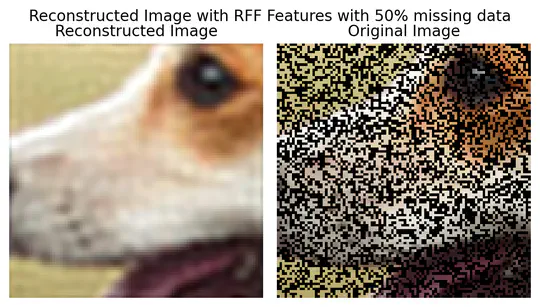

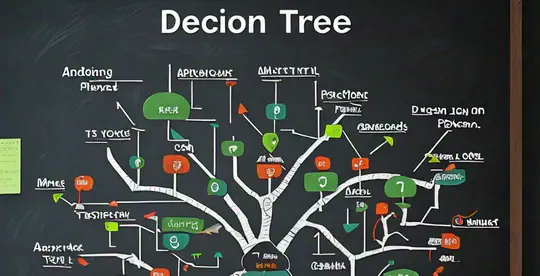



FIR Filter Designing Using Genetic Algorithm
This MATLAB app simplifies FIR filter design by integrating Genetic Algorithms for optimization. Users can choose filter types (Low Pass, High Pass, Band Pass, or Band Stop), configure specifications like passband/stopband frequencies and filter order, and visualize the design process. Dynamic updates, including frequency response and pole-zero diagrams, provide real-time insights into the optimization, making filter design both efficient and intuitive.

In this blog post, we will discuss about the Harris Corner Detector and its implementation. The Harris Corner Detector is a popular feature detection algorithm that is widely used in computer vision and image processing applications. The algorithm is used to detect corners in an image by analyzing the intensity variations in different directions.
](/project/haris-corner-detector/featured_hu16684080801053631989.webp)
Canny is one of the most popular edge detection algorithms. It is known for its good performance and simplicity. This project is an analysis of the Canny edge detector and its implementation.
](/project/canny-edge-detector/featured_hu1674624271875300860.webp)
Binary Classification using VGG
This project aims to compare the performance of various models on a binary classification task to distinguish between images of apples and bananas. The models being evaluated include different configurations of the VGG architecture, as well as transfer learning approaches.

Tiny Processor Design
This project involves designing a 8 bit processor using verilog and implementing it on FPGA. This 8-bit processor uses a register file with 16 registers and a versatile instruction set that enables it to perform a wide array of operations—from arithmetic calculations to logical manipulations. With a comprehensive testbench ensuring robust functionality, the Tiny Processor exemplifies the key principles of digital design.

MNIST Digit Classification using Multi-Layer Perceptron (MLP)
This project focuses on training a Multi-Layer Perceptron (MLP) on the MNIST dataset, evaluating its performance against Random Forest (RF) and Logistic Regression models. The analysis includes F1-score and confusion matrix metrics, alongside visualizations using t-SNE to understand the embeddings from the MLP’s hidden layers.

Next Word Prediction
This project leverages Multi-Layer Perceptrons (MLP) for next character prediction. Using a rich dataset of texts from William Shakespeare, this implementation is designed for text generation. This involves training a model that involves an embedding layer and multiple fully connected layers.

XOR Dataset Classification using Multi-Layer Perceptrons
This project explores different models to tackle this binary classification task on XOR Dataset. With 200 training instances and 200 test instances, the project showcases model performance and decision surfaces, offering insight into the strengths and weaknesses of each approach.

Fuzzy Logic Based Fall Detection and Danger Estimation
Introducing our Fuzzy Logic-Based Fall Detection and Danger Estimation App. This app continuously monitors accelerometer data to detect falls and assess potential dangers. If danger escalates, the app alerts a designated contact, sending crucial information like GPS location and audio recordings.

Second Order Systems App in MATLAB
Second-order systems with our interactive MATLAB app! Visualize how changes in damping ratio, natural frequency, and gain impact system behavior in real time. This tool enhances your understanding of control theory through dynamic plots and immediate feedback.

Image Reconstruction using Random Fourier Features
This project leverages Random Fourier Features (RFF) to tackle complex image processing related tasks. This includes innovative techniques for image completion, reconstruction, and super-resolution. It also provides an in-depth analysis of the performance of RFF in comparison to traditional methods in this specfic task. This project is also source of learning for working on projects under limited computational resources (GPU).

Gradient Descent
This project discovers how different types of gradient descent work. Our project compares standard and momentum-based methods, showcasing how momentum accelerates convergence and enhances stability. Dive into our Jupyter notebooks and explore the behavior of Full Batch and Stochastic Gradient Descent—both with and without momentum.

Decision Tree Implementation
This project implements decision trees for both classification and regression tasks! A decision tree algorithm is a supervised learning algorithm that uses a tree-like structure to classify data or predict outcomes. This versatile tool supports various input-output configurations, offering accurate predictions and insightful visualizations for data-driven decisions.

Puzzle Solvers & Game Algorithms
Dive into the world of algorithmic problem-solving with this collection of advanced puzzle solvers and game strategies. From the 8-Puzzle and the 2x2x2 Rubik’s Cube to graph-based games like Sim, this project showcases efficient search algorithms, graph traversal techniques, advanced applications of data structures and featured implementations in C++ and C.

Smart Bicycle Safety Monitoring App
The Smart Bicycle Safety Monitoring System uses the power of your smartphone’s sensors to detect falls, overspeeding, and boundary crossing. Parents receive instant notifications, real-time location tracking, and, in case of emergencies, audio and video recordings directly to their phone. Whether your child is speeding or crossing an unsafe zone, you’ll always stay connected. Powered by Simulink.

Traffic Flow Simulation
This project models traffic flow using car-following behavior. The simulation predicts how vehicles accelerate and adjust their speeds in response to the vehicle ahead, using advanced numerical methods like Runge-Kutta and Euler’s Method. This helps us develop a better understanding of how microscopic traffic models can revolutionize smart city planning by optimizing road safety and traffic efficiency!
